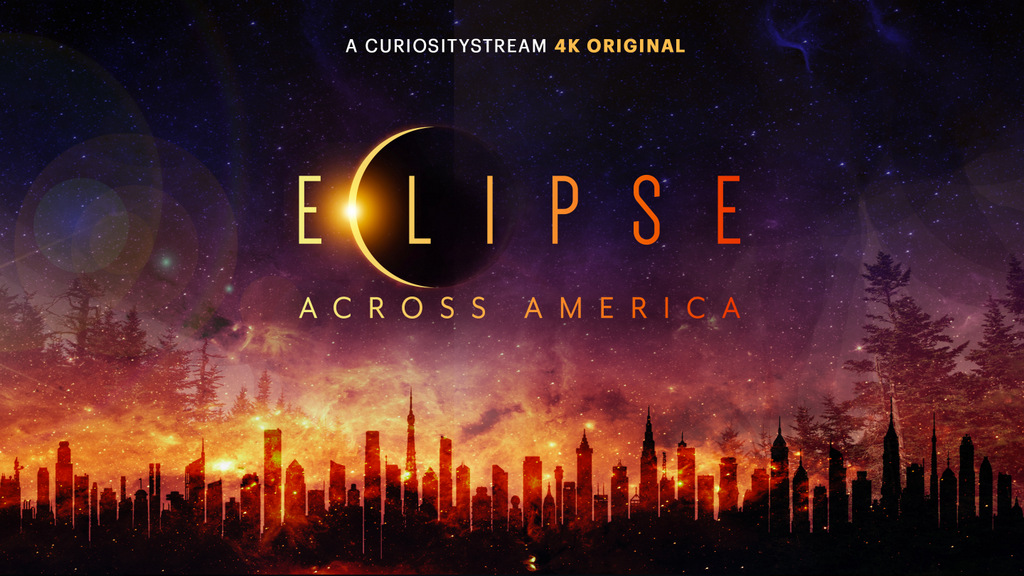
It “is the narrative of a shy young girl who stepped onto the world stage in 1980 and departed in 1997 as its most famous woman.” 22 at 8) is another in-her-own-words special about Princess Diana. The five-year-old returned to Cuba by federal agents in the year 2000-setting off a political firestorm-is the subject of the documentary Elián (CNN, Aug.25 at 9) tells “Whitney Houston’s incredible and poignant life story” via “never-seen before footage and exclusive live recordings” plus “insights from those closest to her,” according to Showtime. 23 at 9) is a gorgeous, captivating documentary about the twin spacecraft that launched 40 years ago (on opposite sides of my birthday, I learned a few weeks ago). The Farthest: Voyager in Space (PBS, Aug.



The Great American Eclipse (Science, Monday at 9 p.m.) will similarly incorporate footage from the eclipse that day into a prime-time broadcast.NOVA’s Eclipse Over America (PBS, Monday at 9 p.m.) will be produced Monday afternoon, and when it airs that night, will include footage of the eclipse from PBS affiliates and “follow teams working on the forefront of solar science and solar storm detection, incorporating immersive CGI animation to reveal the sun’s secret mechanisms” and “stunning sequences of the eclipse itself.”.NASA TV will broadcast live starting at noon ET.The Weather Channel will begin live coverage at 6 a.m., including broadcasting from at least seven different locations, including the Royal Caribbean Total Eclipse Cruise ship.ABC News’ David Muir will anchor two hours of live coverage on ABC from 1 to 3 p.m.MSNBC will also cover the eclipse, as will NBC News’ Snapchat channel. NBC News will start coverage on The Today Show with Al Roker in Charleston, South Carolina, and Lester Holt will anchor coverage of the actual eclipse from 1 to 2 p.m.CBS News’s CSBN will have live coverage starting at noon ET, and CBS will have a live report from 1 to 3 p.m.Fox News will have Shepard Smith “breaking in with updates on the eclipse” from noon to 4 p.m.ET “at CNN.com/eclipse, CNN’s mobile apps, Samsung Gear VR powered by Oculus via Samsung VR, Oculus Rift via Oculus Video and through CNN’s Facebook page via Facebook Live 360,” according to the network. CNN will offer a 360-degree, 4K live feed from 1 to 3 p.m.ET from “Madras, Oregon, partnering with the Lowell Observatory on the Lowell Solar Eclipse Experience ( ), as astronomers and educators narrate the eclipse as it happens,” according to the network. The Science Channel will broadcast from noon to 4 p.m.NOVA and PBS NewsHour will have a Facebook Live stream starting at noon ET, with coverage “from a location about 40 miles east of Irwin, Idaho,” according to PBS.Live TV and online coverage of the eclipse If you can’t watch because you lack the proper equipment or your evil boss won’t let you out of the lair, the Internet and television have you covered. If you don’t have eclipse glasses, download one of these free PDFs and print it (or 3D print it!) to create a pinhole viewer.How to tell if your eclipse glasses are safe.Make sure to not burn your eyes: How to View the 2017 Solar Eclipse Safely.Just zoom in and click on your exact location. Use this NASA eclipse map to see exactly when the eclipse will start for you, and how much of the sun will be covered at its peak.Starting at 10:15 Pacific, the United States will experience a total solar eclipse over a 73-mile wide path that will take 93 minutes to go from Oregon to South Carolina, making it the most widely-viewed eclipse ever in the U.S.

It’s a solar eclipse edition of This Week in Reality TV! Get your ISO-approved glasses and look up today.


 0 kommentar(er)
0 kommentar(er)
